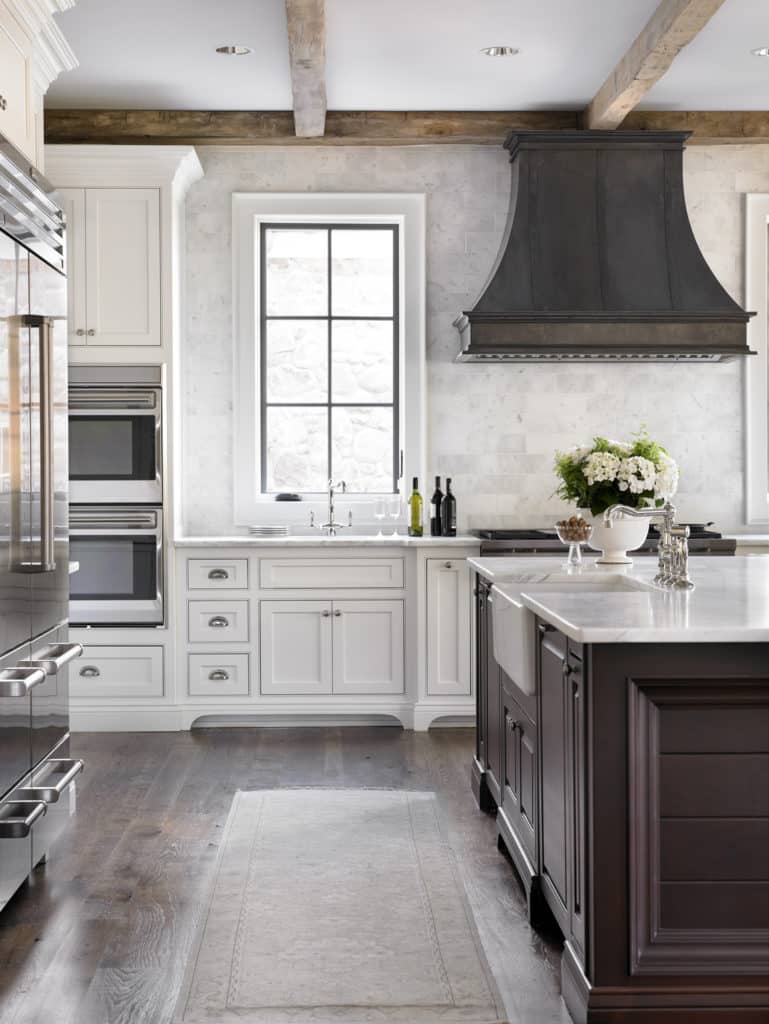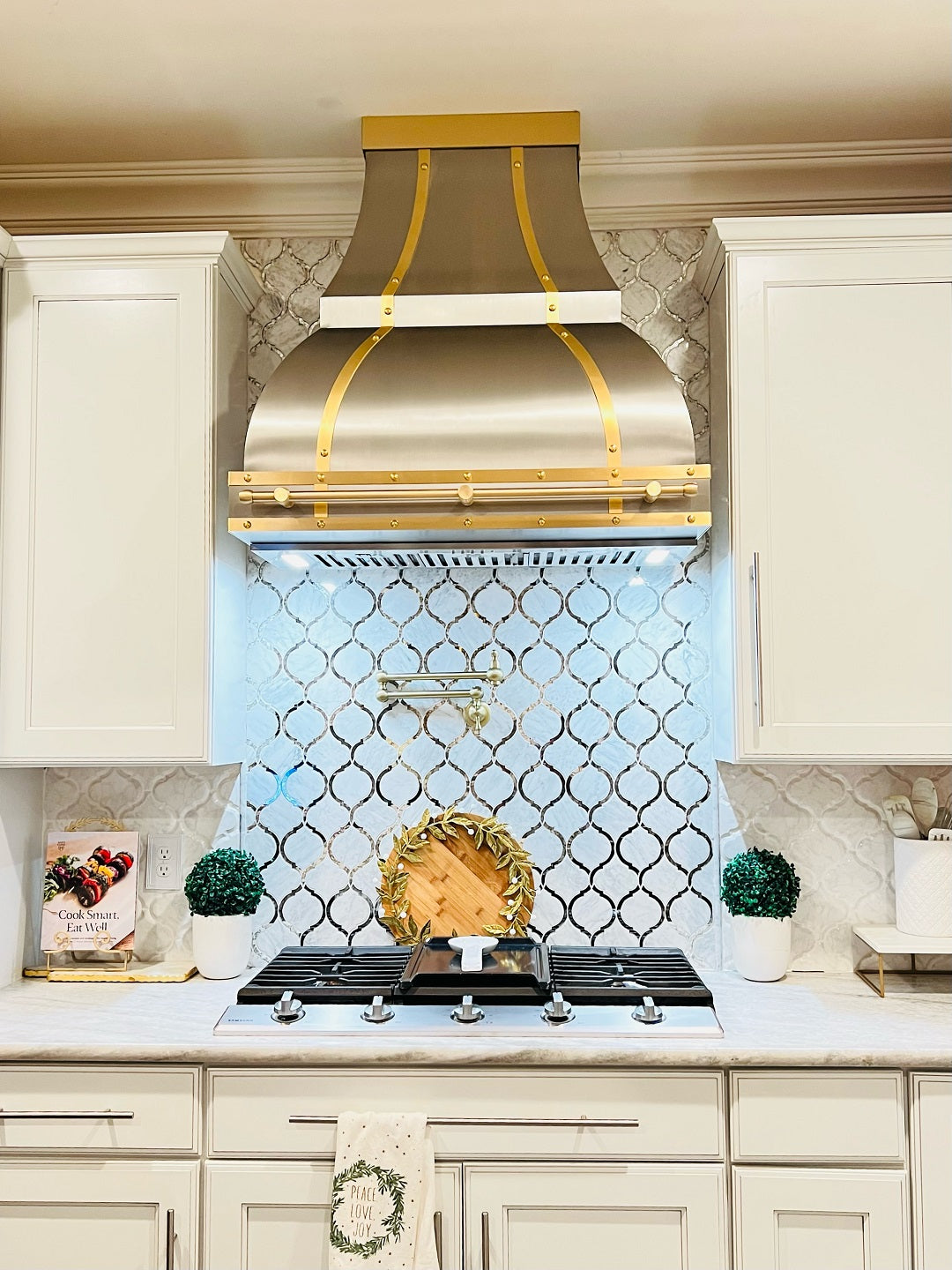Introduction to Decorative Hood Vents
When it comes to kitchen design, the right decorative elements can truly transform the space. One such element that often goes overlooked is the hood vent. Yes, I’m talking about those functional yet fabulous fixtures that not only help keep your kitchen air crisp and clean but also add an aesthetic touch.
In this article, we’ll delve deep into the world of decorative hood vents, covering everything from styles and materials to installation tips and maintenance. Whether you’re renovating your kitchen or simply looking to spruce it up while keeping it functional, you’re in the right place!
What is a Decorative Hood Vent?
A decorative hood vent, sometimes known as a range hood, is a device that is installed above a cooking surface to remove smoke, vapor, and odors that arise while cooking. These vents come in an array of designs, finishes, and sizes, allowing homeowners to select a piece that matches their kitchen’s overall style.
Types of Decorative Hood Vents
Choosing the right hood vent for your kitchen can be overwhelming due to the variety of options available. Here’s a breakdown of common types:
1. Wall-Mounted Vents
These are mounted on the wall above the cooking surface and are a popular choice for contemporary kitchens.
2. Under-Cabinet Vents
Perfect for smaller kitchens, under-cabinet vents are installed beneath kitchen cabinets.
3. Island Vents
For kitchens with cooking islands, island vents hang from the ceiling and provide a stunning focal point.
4. Downdraft Vents
These vents retract when not in use. They are ideal for kitchens where space is tight and style is paramount.
Material Choices for Decorative Hood Vents
The materials used in decorative hood vents significantly impact their aesthetic appeal and functionality. Here are some popular options:
1. Stainless Steel
Durable and sleek, stainless steel hood vents are perfect for modern and industrial kitchens.
2. Copper
For a rustic or farmhouse look, copper provides a warm, inviting finish.
3. Wood
Wooden hood vents blend beautifully in traditional or country-style kitchens.
4. Glass
Adding a contemporary flair, glass hood vents can offer a unique design element.
Features to Consider When Choosing a Hood Vent
1. Size
Ensure the hood vent is adequately sized for your cooktop. A common rule is the vent should be at least as wide as the cooking surface.
2. Ventilation Power
Consider the air movement (measured in CFM), which should match your cooking habits. More CFM is needed for heavy cooking.
3. Noise Levels
Check the Sones rating. A lower number means a quieter operation.
4. Filters
Different types of filters can affect maintenance levels. Baffle filters are great for ease of cleaning.
Pros and Cons of Decorative Hood Vents
Pros
- Enhances kitchen aesthetics
- Improves air quality by removing smoke, steam, and odors
- Offers a variety of designs to suit any decor
Cons
- Can be expensive
- Installation may require professional help
- Maintenance can vary depending on the type of filters
Comparison of Popular Decorative Hood Vents
| Type | Material | CFM Range | Noise Level (Sones) | Price Range |
|---|---|---|---|---|
| Wall-Mounted | Stainless Steel | 300-1200 | 1.5-5 | $500-$2500 |
| Under-Cabinet | Aluminum | 250-600 | 2-4 | $200-$800 |
| Island | Glass/Copper | 400-1200 | 1.5-6 | $800-$4000 |
| Downdraft | Stainless Steel/Glass | 300-600 | 3-5 | $300-$1500 |

How to Install a Decorative Hood Vent
Step-by-Step Installation Guide
- Gather necessary tools (screwdriver, drill, measuring tape, level).
- Turn off electricity to the area to ensure safety.
- Measure the space above your cooking surface.
- Install the mounting bracket as per the manufacturer’s instructions.
- Secure the hood vent to the bracket and connect it to the ductwork.
- Turn the power back on and test your new hood vent.
Maintaining Your Decorative Hood Vent
Regular Maintenance Tips
To ensure your hood vent remains functional and beautiful, regular maintenance is key:
- Clean filters every 1-3 months depending on usage.
- Wipe down the exterior with a suitable cleaner to avoid grease buildup.
- Check connections and ductwork periodically for any obstructions.

Choosing the Right Style for Your Kitchen
The style of your hood vent should complement your kitchen decor. Here are some popular styles to consider:
1. Modern
Sleek lines and minimalist designs in stainless steel or glass can bring a contemporary flair.
2. Rustic
Consider a wooden or copper vent for a warm, country-inspired kitchen.
3. Industrial
Metallic finishes and exposed ductwork fit perfectly in an industrial-themed space.
4. Traditional
Ornate designs and rich wood finishes suit classic kitchen aesthetics.
FAQs About Decorative Hood Vents
1. Are decorative hood vents worth the investment?
Absolutely! They enhance kitchen aesthetics, improve air quality, and can add value to your home.
2. How often should I clean my hood vent?
Filters should be cleaned every 1-3 months, while the exterior can be cleaned as needed.
3. Can I install a hood vent myself?
If you’re handy, it is possible. However, hiring a professional ensures safety and proper installation.
4. What is the best filter for a hood vent?
Baffle filters are often recommended for their durability and ease of cleaning.
